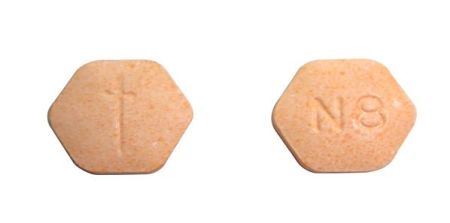According to a white paper released by the National Institutes of Health, there is little or no evidence of the effectiveness of opioid drugs in the treatment of long-term chronic pain, despite the extensive growth in the use of these drugs.
The paper states that many of the studies that have been used over the years to justify the use of opioid drugs were either poorly conducted or of an insufficient duration. That is why Dr. David Steffens, Chair of the Psychiatry Department at UConn Health and also one of the authors of this study, finds the prolific use of these drugs quite surprising since there is no research-based evidence that shows that these medicines are helpful.
Despite this, the prescriptions for opioid drugs have more than tripled in the last twenty years. A study reports that more than 219 million prescriptions were written for opioids in 2011.
The abuse of these drugs has also skyrocketed at the same time. The CDC reports that in 2012, more than 16,000 people died from prescription opioid overdoses. Today, drug overdoses cause more deaths than motor vehicle accidents in people aged 25 to 64 years. The United States consumes 80 percent of the world's opioid drugs making this a peculiarly American problem, according to Dr. Steffens.
The panel comprised of members who are not experts on opioid drugs but are experienced clinicians with expertise in other areas. The objective was to avoid any conflicts of interest and to get a fresh perspective on this issue. The panel listened to evidence presented by an outside agency. Their final report is published in the Annals of Internal Medicine.
Dr. Steffens notes that opioid drugs are an effective treatment option for some people dealing with pain but in order to avoid any subsequent problems or consequences with their use, there is a need for better communication about best practices to physicians.
"There are certain syndromes, like fibromyalgia, where opioids are less likely to be effective and patients are more likely get into trouble with abuse," says Steffens.
In addition, the process of medicines being sold is also a key driver in the rise of prescription drug abuse since a large number of pills from the pharmacy don't always end up in the hands they were prescribed for. Dr. Steffens also highlights the need for doctors to be cautious with the amount of pills they dispense when treating sports or workplace injuries.
Source: University of Connecticut
Image Credit: Wikimedia Commons
References:
David B. Reuben et. Al. 2015. National Institutes of Health Pathways to Prevention Workshop: The Role of Opioids in the Treatment of Chronic Pain. Annals of Internal Medicine.























